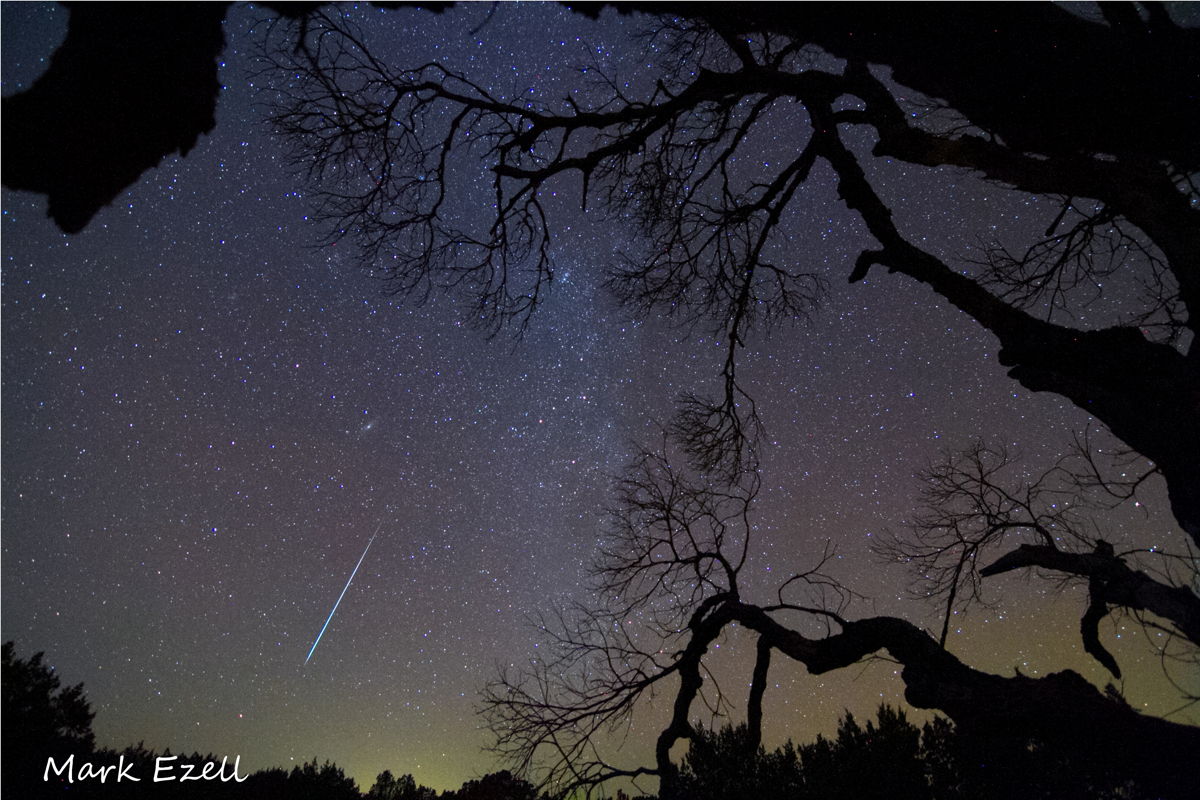Videos Capture Amazing Geminid Meteor Shower

Last week, skywatchers all over the world were treated to one of the best Geminid meteor showers in recent memory. Because this year's shower peaked during a new moon, leaving the sky as dark as possible, it brought some viewers in rural areas between 50 and 100 meteors per hour.
"There was great weather in Freeland, Md.," SPACE.com reader Mike Hankey wrote in an email, "and I was seeing two to three meteors per minute between the hours of one and four. They often came in spurts with three or four in a row and then none for a few minutes, then a few more."
But just in case you missed the show, some of the best footage from the shower is now online.
The first video is a time-lapse capture of the darkened sky over the Chumack Observatory in Dayton, Ohio. Taken over the course of four days from Dec. 11 through Dec. 14, the video shows more than 400 meteors burning up in Earth's atmosphere. The fully automated observatory responsible for shooting the video is programmed to take photos and video every clear night. That data is then sent to the Minor Planet Center in Cambridge, Mass., which is tasked with identifying minor bodies — like comets — in the solar system. [Photos: Geminid Meteors of 2012]
The second video, shot from Tenerife, the main island of the Canaries off the coast of Africa, was shot by Roberto Porto, a veteran meteor shower videographer. Porto combined time-lapse footage of the Geminid shower from 2012 with still shots of the show from 2011, seen at the end of the video.
Some SPACE.com readers even got in on the astrophotography action by pointing their own cameras to the sky.
"I literally have a meteor shower of Geminid pics, I captured so many," Mark Ezell told SPACE. "It was like fishing in a bathtub. What a treat."
Breaking space news, the latest updates on rocket launches, skywatching events and more!
Each year, around mid-December, Earth passes through a trail of debris left behind by asteroid 3200 Phaethon. This interception shoots tiny particles into the atmosphere and gives onlookers the usually impressive shower known as the Geminids. The shower is named for the constellation Gemini (The Twins) because most of the meteors seem to originate from the constellation's two brightest stars: Pollux and Castor.
And if you missed this year's Geminids, not to worry: Another meteor shower, the Ursids, is gearing up to peak this Saturday (Dec. 22), and should offer another great show.
Follow Miriam Kramer on Twitter @mirikramer or SPACE.com @Spacedotcom. We're also on Facebook & Google+.

Miriam Kramer joined Space.com as a Staff Writer in December 2012. Since then, she has floated in weightlessness on a zero-gravity flight, felt the pull of 4-Gs in a trainer aircraft and watched rockets soar into space from Florida and Virginia. She also served as Space.com's lead space entertainment reporter, and enjoys all aspects of space news, astronomy and commercial spaceflight. Miriam has also presented space stories during live interviews with Fox News and other TV and radio outlets. She originally hails from Knoxville, Tennessee where she and her family would take trips to dark spots on the outskirts of town to watch meteor showers every year. She loves to travel and one day hopes to see the northern lights in person. Miriam is currently a space reporter with Axios, writing the Axios Space newsletter. You can follow Miriam on Twitter.
